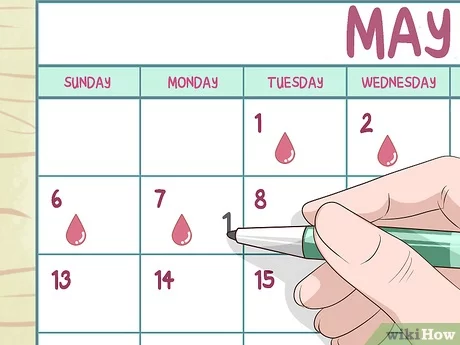Are you wondering when you are more likely to be most fertile? Do you want to estimate the date when you will be ovulating? If yes, this is not a curiosity of yours alone. Rather, many women who want to be pregnant or avoid pregnancy are usually curious about it.
Well, one effective way to predict ovulation and fertility is to understand your menstrual cycle. This is because both of these things have a direct relation with your days of periods. That’s why a precise estimation of your next menstrual cycle can help you predict your fertile phase.
In this regard, an efficient period calculator offers its contributions by providing you insights into your next periods. In this article, we will discuss how it helps you make a close guess about your ovulation and fertility. However, before that, let’s see what exactly it is.
What Is A Period Calculator?
A period calculator is simply a web-based digital tool that streamlines menstrual cycle estimation. It facilitates women with an instant solution to calculate when their upcoming periods are going to start. It utilizes a straightforward algorithm that takes into account the average menstrual cycle length, which typically ranges from 21 to 35 days.
It requires you to set the start date, duration of your last periods, and average period length. As you input these values into the calculator, it instantly processes the information and generates results that are very close to the actual occurrence of the next menstrual cycle. This assessment further aids in determining the most probable date of ovulation and fertility.
Estimating Ovulation Date And Fertility Using Periods Calculator
Making an accurate guess of the next ovulation date and fertility phase using a period calculator is quite easy. You have to just follow a step-by-step process to make accurate calculations. Here is the complete procedure you need to follow in this regard:
Find The Average Of Previous Menstrual Cycles
The first thing you need to do is to calculate the average of your last three menstrual cycles. If you usually keep track of every cycle, you can go with the data of the previous 6 months. This will result in more precise calculations of next periods and also fertility and ovulation dates. Add the days of each cycle and divide the sum with the number of months you are using data for. This will give you the average of previous cycles.
Note Down The Data Of Last Periods
After estimating the average of cycles of the last quarter, half, or full year, it comes to noting down the data of the previous-most period. In this regard, the things that matter most are the date when the menstrual cycle started and the date it ended. This helps you calculate the total duration of the last periods, which is highly important for the calculation of the next ones.
Input The Noted Values In A Period Calculator
Once you have all the data from previous cycles, it is time to insert the values into a period calculator. Usually, all such tools require the same data that includes the start date of the last menstrual cycle, its length, and the average duration of your normal periods. So, just input these values and let the tool calculate when you will experience the next period.
Guess The Ovulation Time
After the calculator gives you the most probable date of the next menstrual cycle, you can estimate the ovulation date using this data. Normally, women who have a healthy cycle of 28 days start ovulating around the 14th day of their periods. So, if the calculator suggests that your periods will start on October 7th, it means your ovulation date is more likely to be 21 of the same month. Remember, some feature-rich period calculators also provide you with a visual of the dates of periods and ovulation that are already mentioned.
Identify The Fertile Phase
When you have an ovulation date, finding the fertile phase is not difficult. You might know that fertile periods start just 5 days prior to ovulation and end one day after it. So, if your body starts ovulating on October 21st, it means that you will be more fertile between October 16 and 22. However, remember that if you are facing any health issues, especially related to menstruation, the dates of ovulation and fertility may vary due to irregular periods.
The Final Words
In summary, the process of predicting ovulation and fertility dates starts with calculating the next dates of periods using a period calculator. By tracking your upcoming cycles, you can easily estimate the period when you will be ovulating and having fertility. The early estimations not only help you make the right decision in family planning but also aid you in enjoying good reproductive health. So, we hope that you will not hesitate to capitalize on online menstrual cycle calculators.



